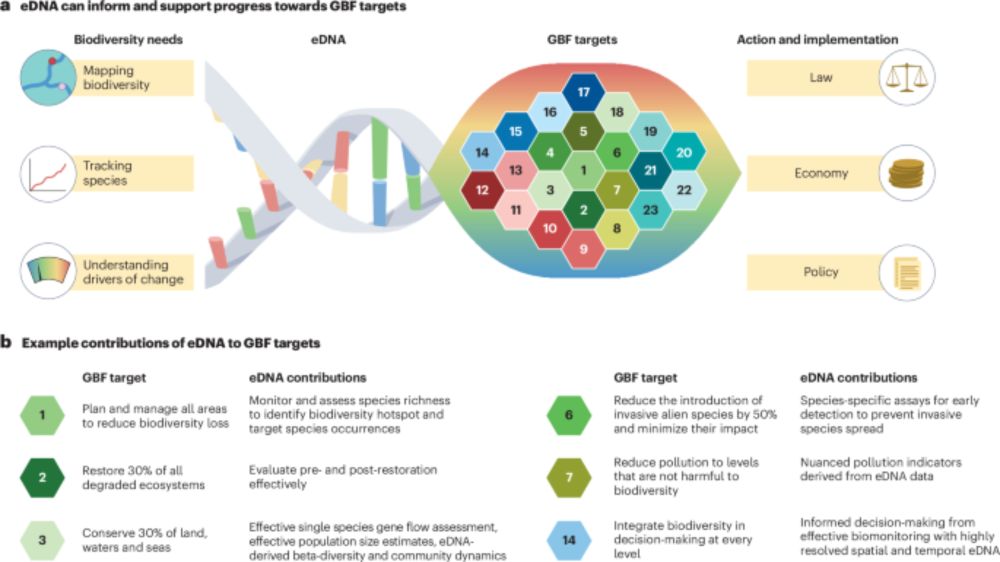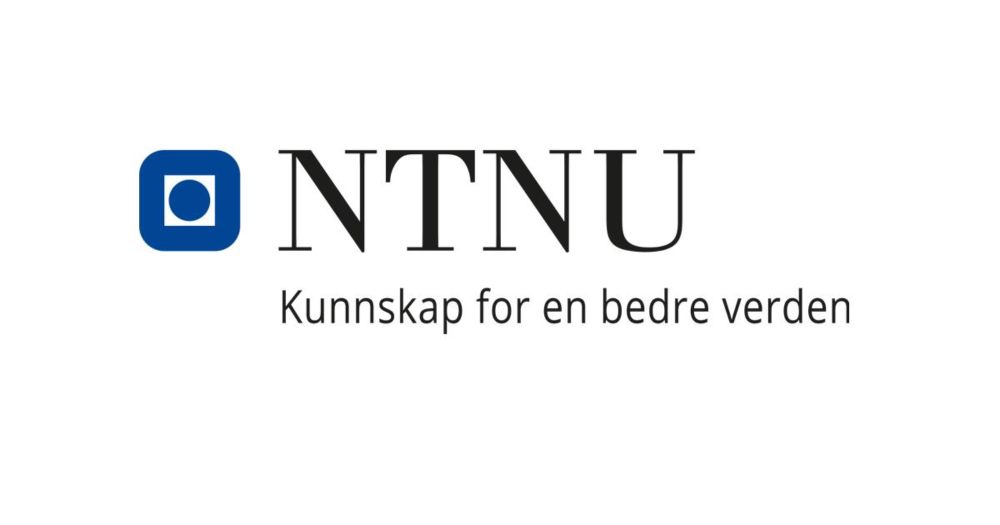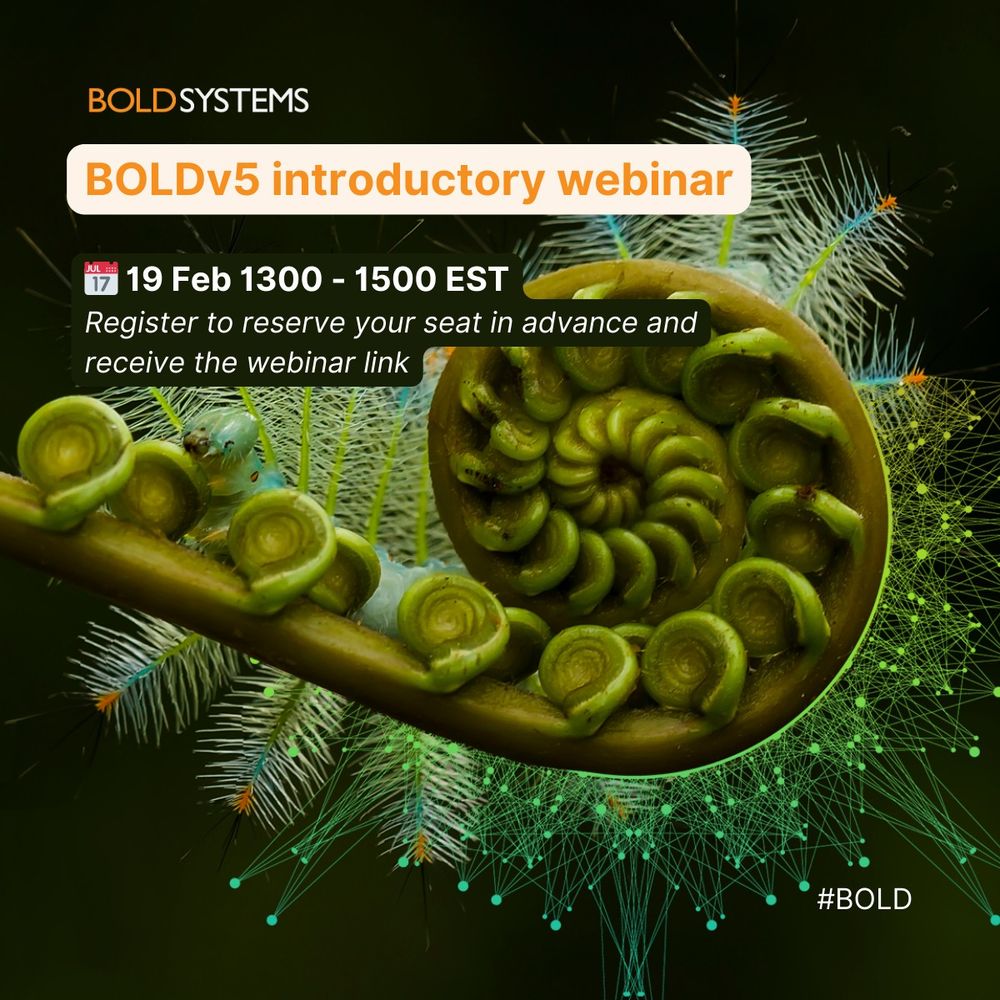Norwegian Barcode of Life (NorBOL)
@norwbol.bsky.social
74 followers
110 following
14 posts
NorBOL is a network of Norwegian institutions and a national research infrastructure for DNA barcoding in Norway. Moderated by Torbjørn Ekrem
Posts
Media
Videos
Starter Packs
Reposted by Norwegian Barcode of Life (NorBOL)
Reposted by Norwegian Barcode of Life (NorBOL)
Reposted by Norwegian Barcode of Life (NorBOL)
Reposted by Norwegian Barcode of Life (NorBOL)
Reposted by Norwegian Barcode of Life (NorBOL)
IPBES
@ipbes.net
· May 8

Utilizing aquatic environmental DNA to address global biodiversity targets - Nature Reviews Biodiversity
Aquatic eDNA-based technologies offer the potential for universal and standardized biodiversity monitoring. In this Perspective, Altermatt et al. discuss how these technologies can help to achiev...
www.nature.com
Reposted by Norwegian Barcode of Life (NorBOL)
Reposted by Norwegian Barcode of Life (NorBOL)
Reposted by Norwegian Barcode of Life (NorBOL)
Reposted by Norwegian Barcode of Life (NorBOL)
Reposted by Norwegian Barcode of Life (NorBOL)
Reposted by Norwegian Barcode of Life (NorBOL)
Reposted by Norwegian Barcode of Life (NorBOL)
Reposted by Norwegian Barcode of Life (NorBOL)



















